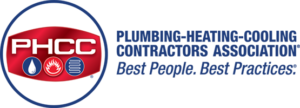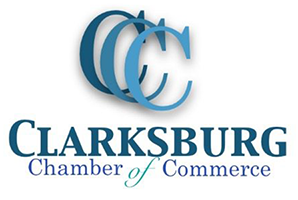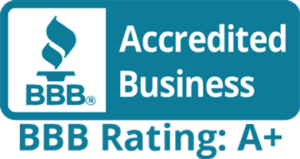When it comes to addressing aging or damaged sewer lines, property owners are often faced with the dilemma of how to proceed. Traditional sewer repairs can be invasive, costly, and time-consuming. However, there’s a trenchless technology that’s gaining traction in the world of plumbing: slip lining sewer repair. In this blog, we’ll explore what slip lining is, how it works, its benefits, and why it might be the ideal solution for your plumbing needs.
Understanding Slip Lining
Slip lining, also known as pipe insertion, is a trenchless sewer repair method that involves placing a new pipe, typically made of high-density polyethylene (HDPE) or similar materials, inside the existing damaged sewer line. The new pipe, known as the “liner,” effectively creates a pipe within a pipe, providing structural support and sealing any leaks or cracks in the original sewer line.
How Does Slip Lining Work?
The slip lining process can be broken down into several key steps:
1. Assessment: Before commencing the slip lining process, a thorough inspection of the existing sewer line is conducted to assess the extent of damage and the suitability of slip lining as a repair method.
2. Pipe Preparation: The new HDPE liner is custom-sized to fit inside the existing pipe accurately. It may also be equipped with gaskets or seals at the ends to ensure a watertight connection.
3. Cleaning and Inspection: The existing sewer line is cleaned and inspected to remove debris, roots, and any obstructions that might hinder the slip lining process.
4. Liner Installation: The prepared liner is inserted into the existing sewer line through existing access points, such as manholes or cleanouts. The liner is pulled or pushed through the line until it reaches the desired location.
5. Inflation and Cure: Once the liner is in position, it is inflated using air or water, pressing it against the inner walls of the damaged pipe. Heat or UV light is then used to cure the liner, effectively “setting” it in place.
6. Final Inspection: After the curing process is complete, a final inspection is conducted to ensure that the liner is seamless and free of defects. The rehabilitated sewer line is now ready for use.
Benefits of Slip Lining Sewer Repair
- Cost-Effective: Slip lining is often more cost-effective than traditional excavation methods, as it reduces labor and restoration expenses.
- Minimal Disruption: Slip lining minimizes disruption to property landscapes and structures, as it doesn’t require extensive digging.
- Durability: HDPE liners are designed to last for decades, providing a long-term solution to pipe problems.
- Enhanced Flow: The smooth surface of the new liner improves water flow and reduces the risk of clogs.
- Environmentally Friendly: Slip lining results in reduced excavation, which means a smaller environmental footprint and less disruption to local ecosystems.
- Versatility: This method can be used for various pipe materials and sizes, making it suitable for different plumbing systems.
Conclusion
Slip lining sewer repair is a trenchless technology that has quickly gained popularity in the world of plumbing. It offers an efficient, cost-effective, and environmentally friendly solution for addressing damaged or deteriorating sewer lines. With its minimal disruption, longevity, and enhanced flow, slip lining is a seamless way to resolve plumbing issues while preserving property aesthetics and minimizing environmental impact. When faced with sewer line problems, consider slip lining as the future-forward solution that saves time, money, and headaches.








